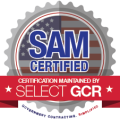PTC 220 Radios
Explore Services & Tools
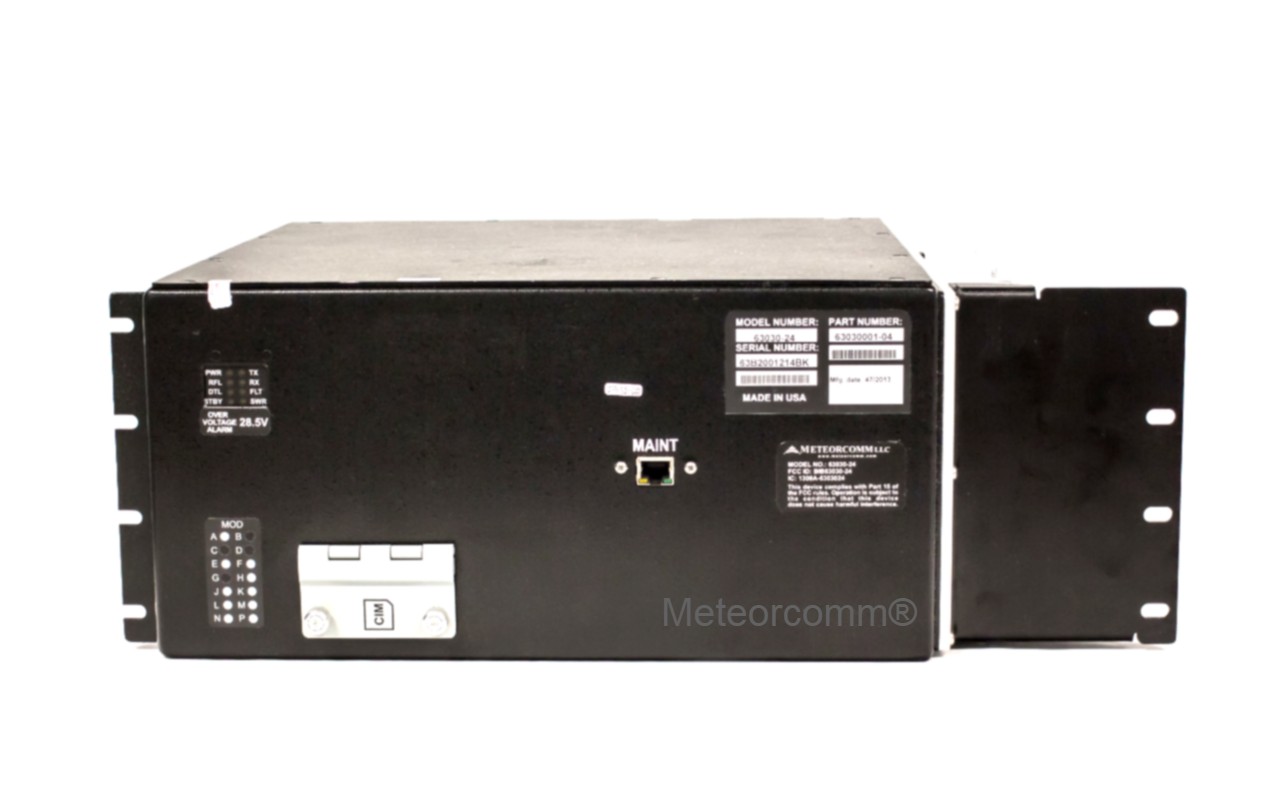
Base Station Radio
Installed at fixed locations, base radios provide radio frequency (RF) connectivity between the back office and all wayside and locomotive radios in the system.
Base Station Radio
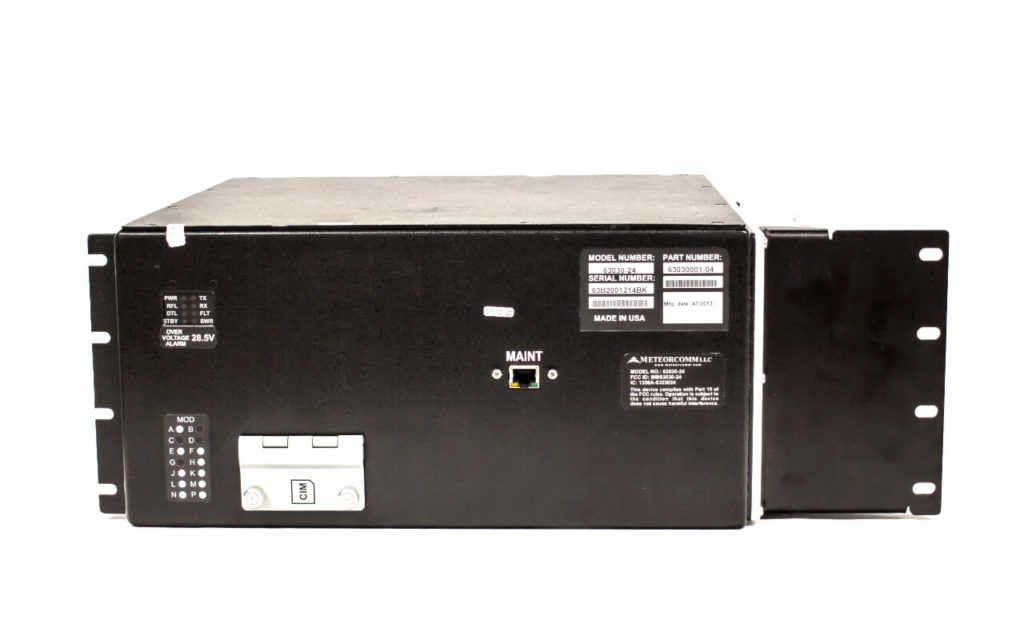
The Meteorcomm high-power base station radio communicates with wayside and locomotive radios to enable interoperable communications.
Features
- Maximizes the use of purchased 220 MHz frequency band to support all railroad I-ETMS communications
- Supports peer-to-peer broadcasts (like WIUStatus) which reduces dependency on the back office
- Supports Forward Error Correction (FEC) and Diversity Receive to improve systems reliability
- Works in conjunction with ITCM to support nation-wide PTC
Benefits
- Exchange data seamlessly across railroads with interoperable radio network.
- Reliably communicate across ITCnet® to reduce risk of operational interruptions
- Increase efficiency and uptime through easy maintenance
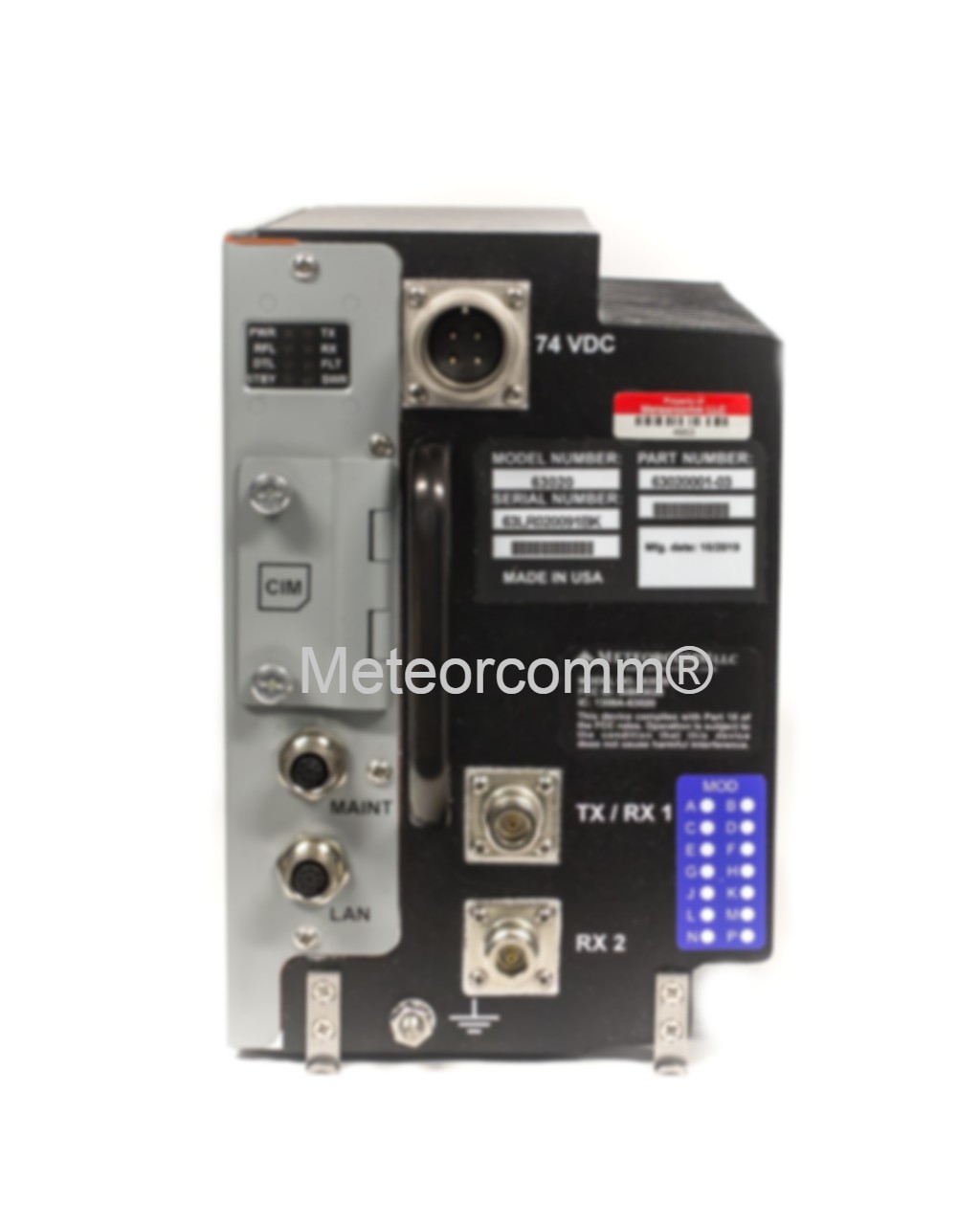
Locomotive Radio
Located in the locomotive cab, these radios reliably communicate with the back office through base stations; and directly with the wayside radio through a 220 MHz RF link.
Locomotive Radio
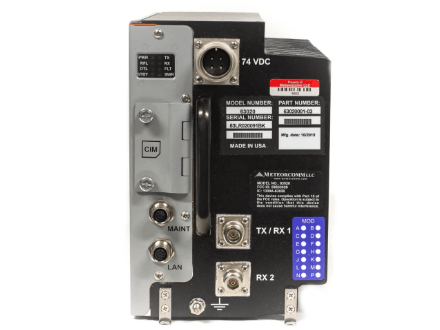
Locomotive radios support the onboard computer’s situational awareness to meet PTC requirements. Within the extra capacity of the communication system, the radio enables the improvement of operational efficiencies.
Features
- Utilizes the purchased 220 MHz frequency band to support all railroad I-ETMS communications
- Supports peer-to-peer broadcasts (like WIUStatus) which reduces dependency on the back office.
- Supports FEC and Diversity Receive to improve system reliability.
- Works in conjunction with ITCM® to support nation-wide PTC.
Benefits
- Exchange data seamlessly across railroads with an interoperable radio
- Reliably communicate across ITCnet® to reduce risk of operational interruptions
- Increase efficiency and uptime through easy maintenance
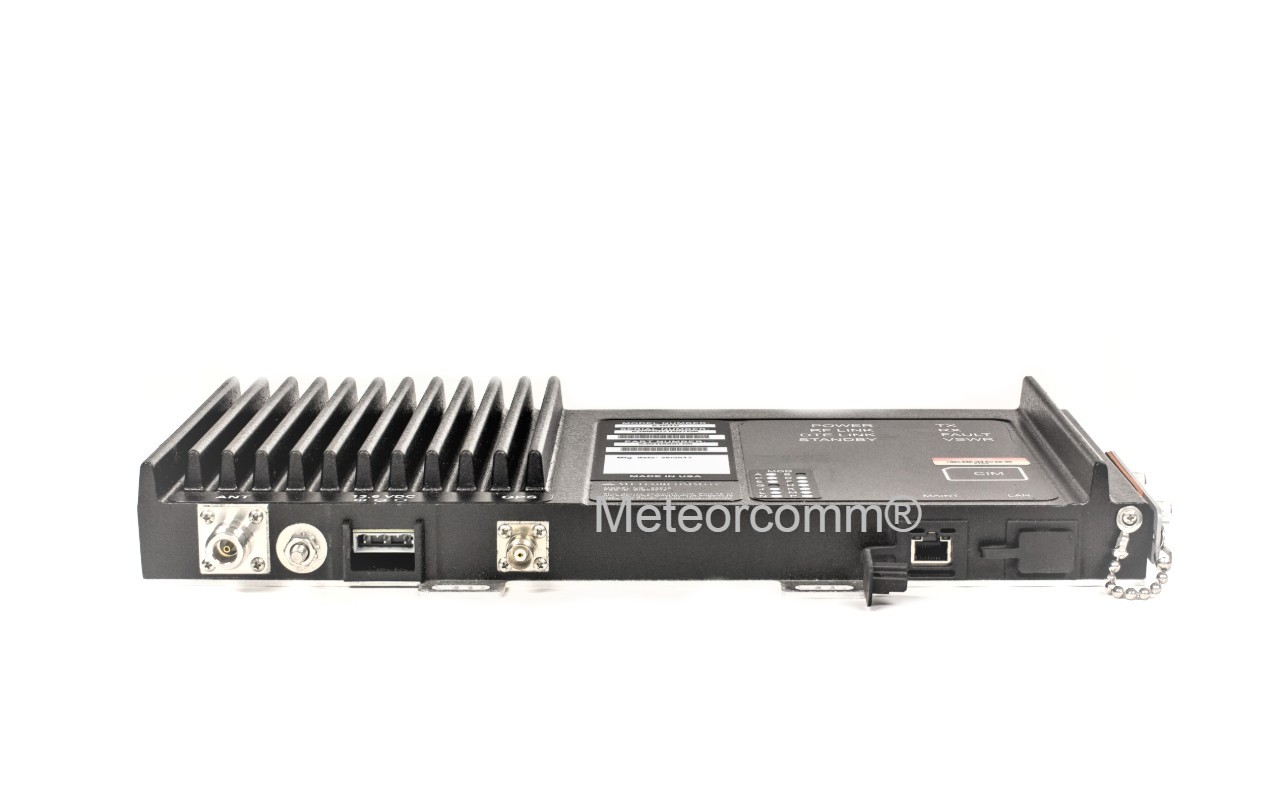
Wayside Radio
Wayside radios are remote, fixed-location radios installed at waysides to provide signal status, switch position, and track integrity information to the locomotive. They also communicate with the back office for maintenance, diagnostics, and more.
Wayside Radio
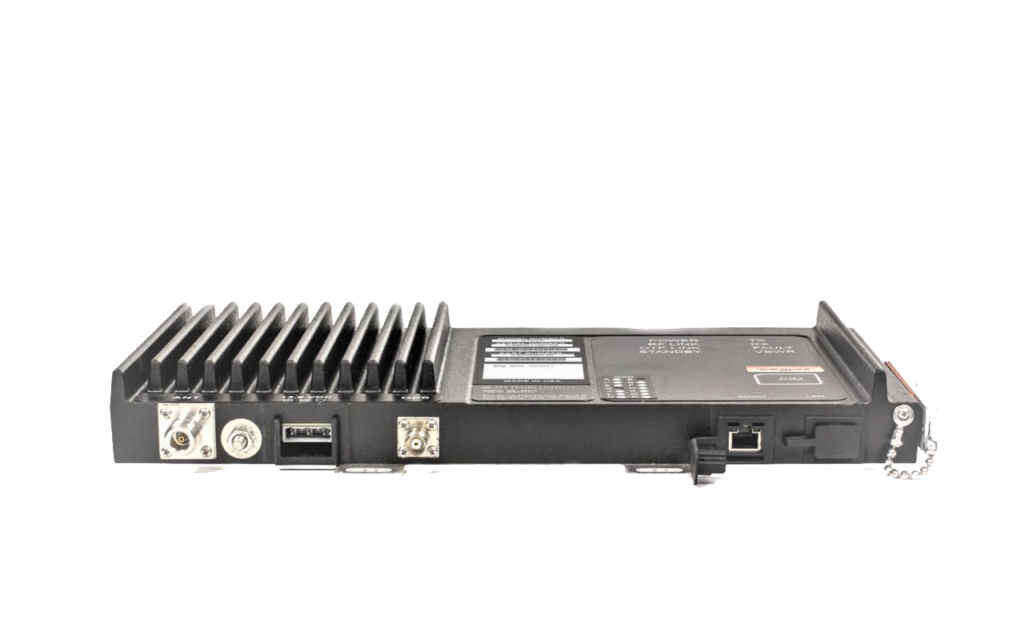
Relay field messages between waysides, locomotives and the back office to avoid unexpected delays, manage risk, and exchange data across railroads. With unrivaled industry expertise, we design radios to maximize performance and reliability, and limit the amount of maintenance required.
Features
- Utilizes the purchased 220 MHz frequency band to support all railroad I-ETMS communications
- Supports peer-to-peer broadcasts (like WIUStatus) which reduces dependency on the back office
- Supports FEC and Diversity Receive to improve system reliability
Benefits
- Exchange data seamlessly across railroads with an interoperable radio
- Reliably communicate across ITCnet® to reduce risk of operational interruptions
- Increase efficiency and uptime through easy maintenance
